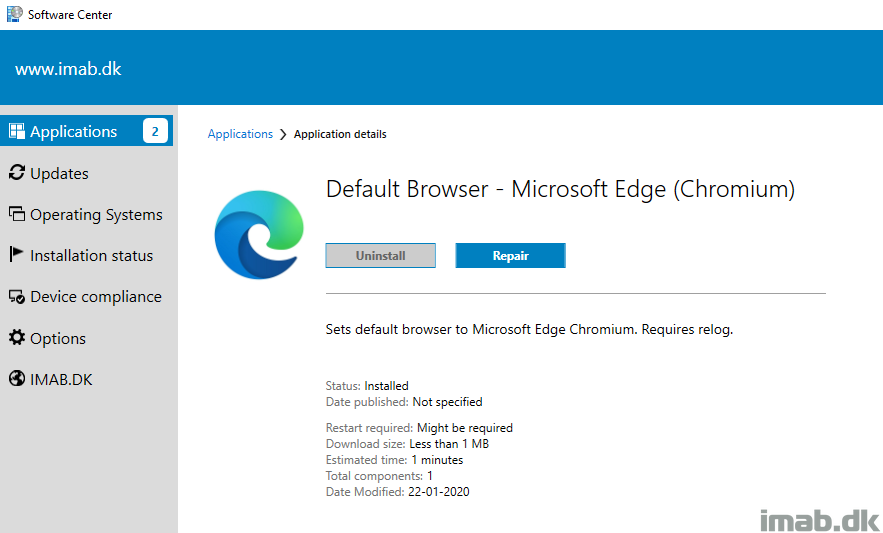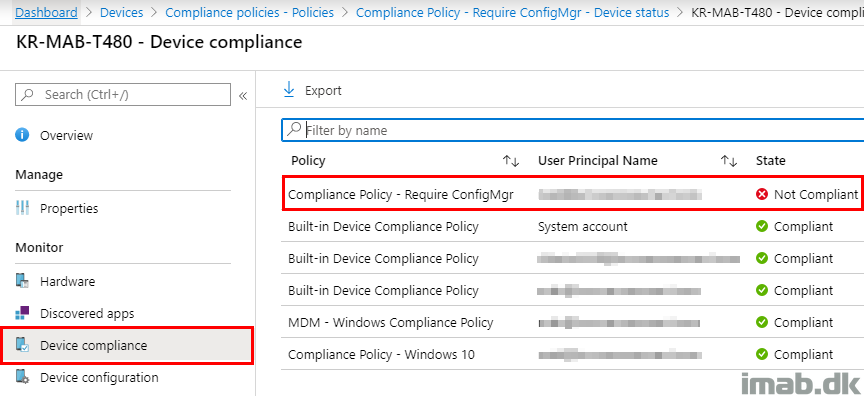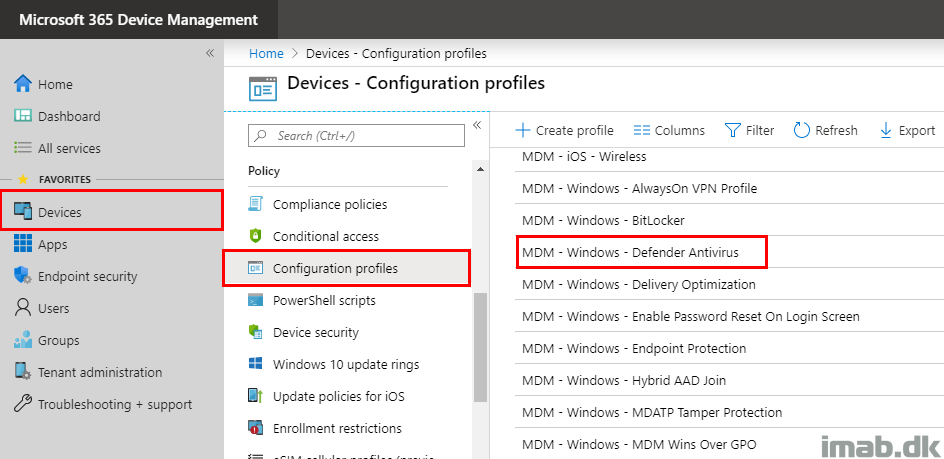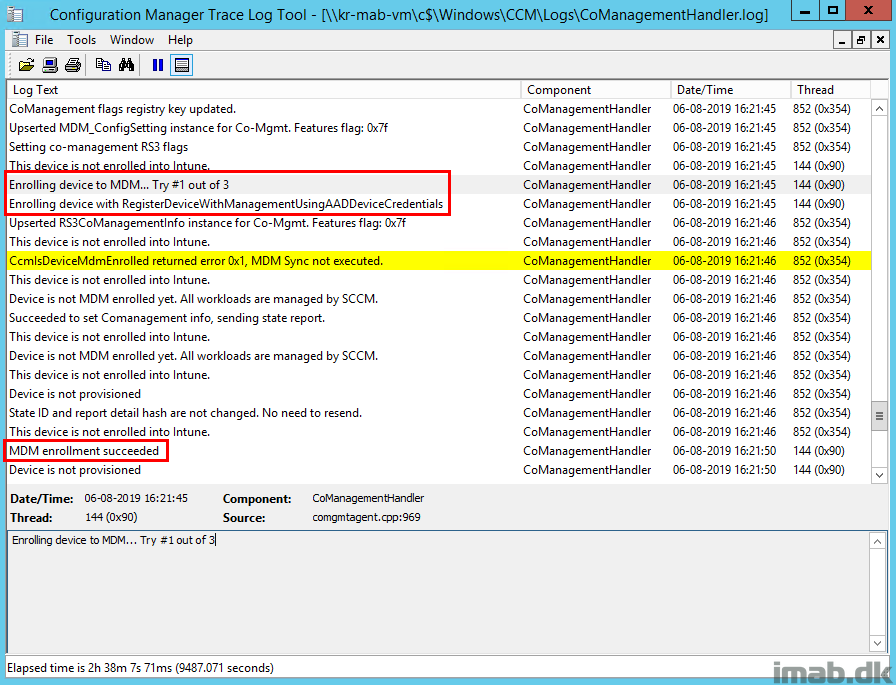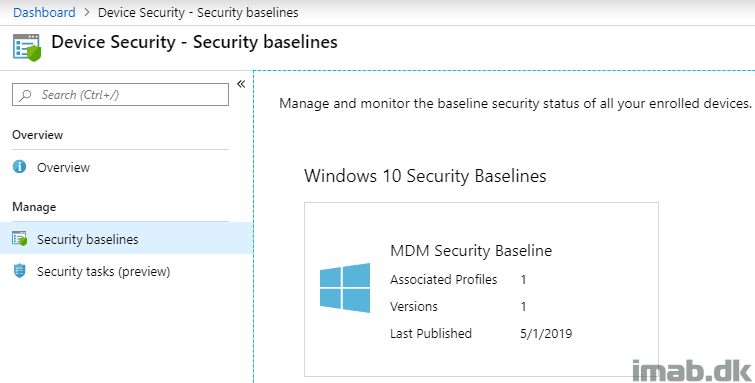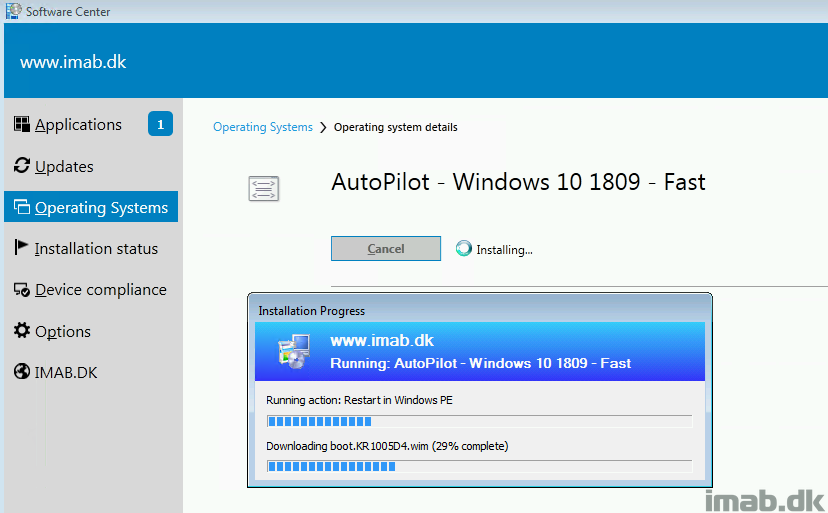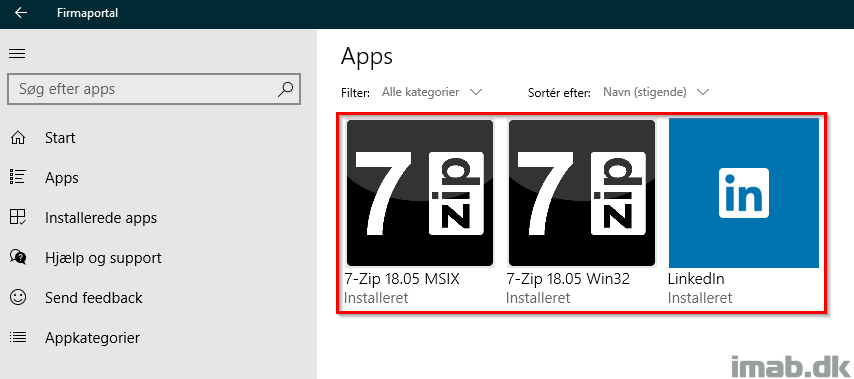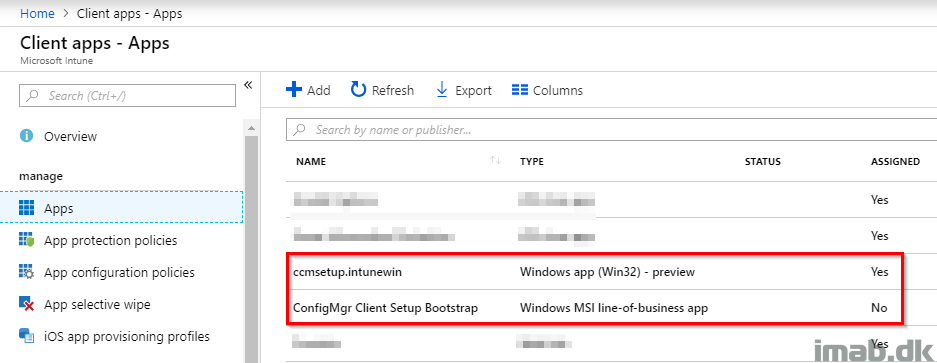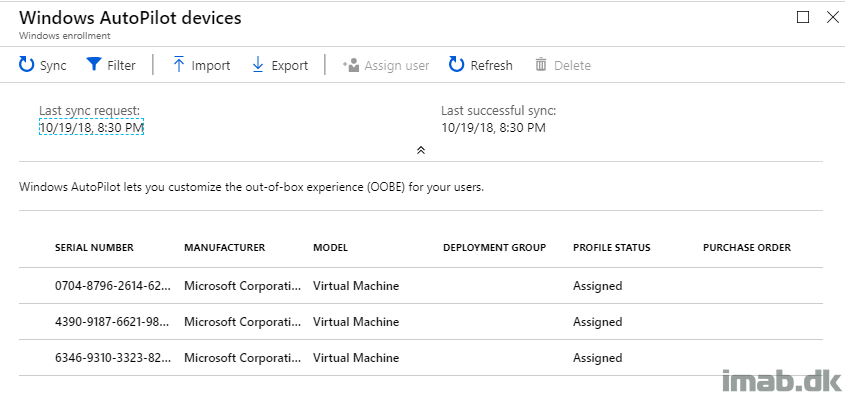Introduction
Unless you have been hiding under a rock lately, you should be aware that the new Microsoft Edge browser happened and was released in the first stable release on January 15.
All very exciting and delicious, and we who have been testing with Dev and Beta versions across our enterprises, have been waiting eagerly to be able to offer the one browser to rule them all (hopefully).
So this is a little something on how I have chosen to deploy, configure and set the new Microsoft Edge as default browser, using a combination of both Microsoft Intune and Configuration Manager.
